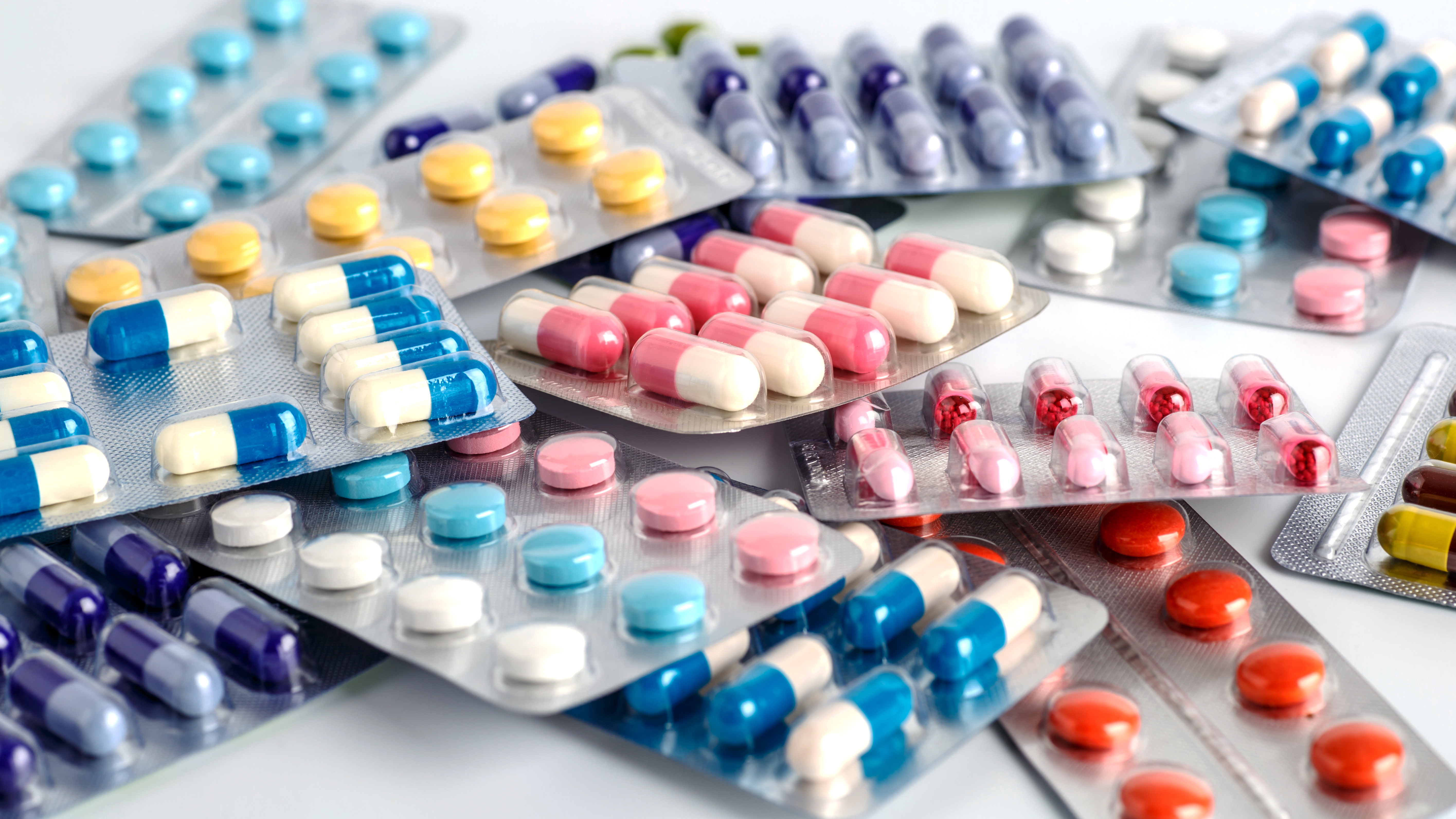
Nitrosamines (NAs) are chemical compounds that usually have carcinogenic and genotoxic effects. They often occur in foods, such as grilled meat, and as contaminants in medicines. As part of the GITox project funded by the European Medicines Agency (EMA), 14 drugs were examined to see if they might form NAs under realistic conditions — for example, in the stomach or the human microbiome — in the presence of physiological amounts of nitrite.
Scientists at the German Federal Institute for Drugs and Medical Devices (BfArM) showed that under acidic conditions typical to the stomach, drugs containing secondary aromatic amines exhibit a higher conversion rate to NAs than aliphatic amines. Overall, four out of twelve of the active substances were prone to forming NAs under acidic conditions, although most of them only produced very small quantities. Scientists at the University of Bonn found that some bacteria from the large and small intestine exhibit very high levels of nitrite reductase activity, which converts the nitrite to ammonium, detoxifying it in the process. In addition, no NA was formed during experiments under anaerobic conditions using 16 different bacteria from the large and small intestine and the stomach and a combination thereof. From these two findings, the conclusion can be drawn that the gut microbiome has a detoxifying effect and does not significantly influence NA formation.
A structure-activity analysis by Fraunhofer ITEM scientists showed that the protonation status of the secondary amines is the main factor determining their ability to form the corresponding NAs under acidic conditions. Clustering the drugs according to molecular properties showed that these tools can be used to distinguish reactive drugs from those that are less reactive.
 Fraunhofer Institute for Toxicology and Experimental Medicine
Fraunhofer Institute for Toxicology and Experimental Medicine